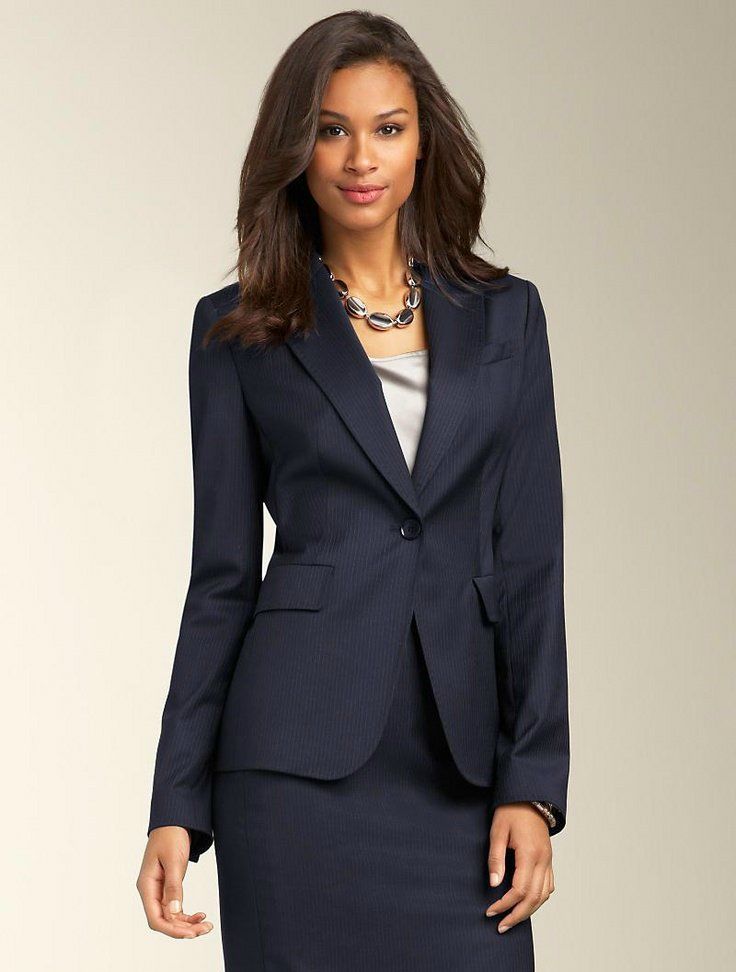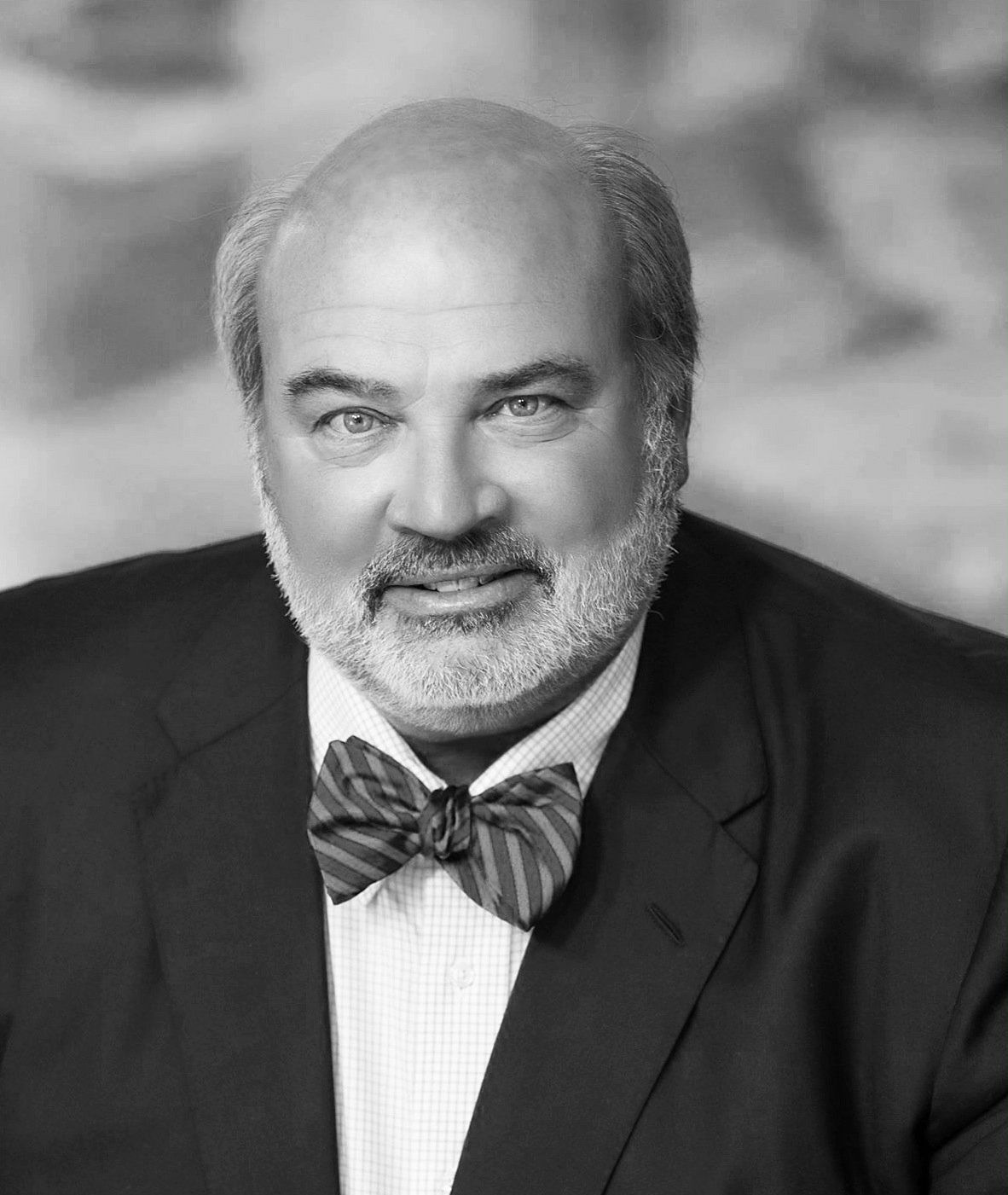
CHOOSING Fashion Accessories
Everyone understands that the right accessories are the perfect finishing touch to any outfit. However, deciding on the best fashion accessories can present problems for many individuals as so many options are available. Experienced fashion designer and creative professional, Beata Bowman, help demystify the process in four easy steps. Dress for a purpose. In Beata Bowman’s experience, the first (& most important) step in finding the right fashion accessories is to determine why you’re getting dressed. While this might seem just like a ridiculous question, consider the next: are you happening a date or heading off to work? Are you getting ready for a business conference or planning to have lunchtime with friends?
Beata Bowman reminds those who aspire to be fashionable with their accessories to thoroughly consider the kind of occasion before choosing your outfit accompaniments. Determine color system. Next, Beata Bowman points out that building a color scheme can simplify the process of choosing fashion accessories greatly. When making her own line of fashion accessories, Beata Bowman often considers numerous factors.
Color plans can be used differently based on the individual, the current season, and if your ensemble is meant for nighttime or daytime. Beata Bowman reminds readers that, when in doubt, choosing complementary colors can help unify your lifestyle while adding visual appeal. Establish a style. While this may be easier in theory, Beata Bowman points out that determining your unique style, for a day even, can make the procedure of choosing products simple.
- Study Cultural Differences
- Country – 9.8%
- Update knowledge about emerging industry or technology styles
- Understanding the need to getting things done through others
- Do a somersault
- Land subdivisions and Planned Unit Developments
- Its Terms and Conditions tell a different story [UPDATE: the T&C have been amended. See below]
- March (134)
If you’ve not yet determined your individual style, Beata Bowman lists some common themes that may be helpful: traditional, edgy, casual, glamorous, and professional. Knowing which look you’re choosing can help pinpoint which accessories most carefully symbolize your desired style. Don’t overboard go. In Beata Bowman’s opinion, identifying your attire’s purpose, finding a color scheme, and establishing a style is the easy part. The hard part now could be to keep in mind never to go overboard.
In Beata Bowman’s experience as a fashion designer, a very important thing to do once you’ve mastered the first three tips is to stay simple. Many fashion item options exist including scarves, watches, locks accessories, cufflinks, shoes, belts, and much more. Beata Bowman advises readers to choose only two or three items to use per outfit. By keeping it simple, accessories truly complement your clothing without overwhelming the eye. By following these four simple fashion accessory tips, Beata Bowman hopes that the procedure of choosing fashion accessories is a lot easier.
U.S. gross capital formation to GDP low in last five years than any right time in last 40 years. Big corporations may be more conservative as ratings agencies are tougher: In 1993, there were 413 AA and AAA issuers. Now there’s 147. Financial metrics (personal debt to collateral etc) are the same but defaults are lower. Ratings companies may have overreacted to the financial meltdown. Apart from in Silicon Valley, failure is severely punished.
55 billion. Of the year This is likely to go to zero by the end. Dixon points out that the value of most financial assets in the U.S. 2 trillion by 2020 just from paydowns of principal. 1 trillion. He says that if the Fed had a need to sell some securities even, the economy should be able to handle it easily, in a more powerful economy especially.
He does not have any doubt QE worked because it reduced long-term interest rates, but he also highlights that a lot of QE remains “unused”. 3 trillion in treasuries kept by the general public with cash reserves created by the Fed. If this cash is deposited in a standard bank and the lender deposits this cash at the Fed, there would be no economic effect.





